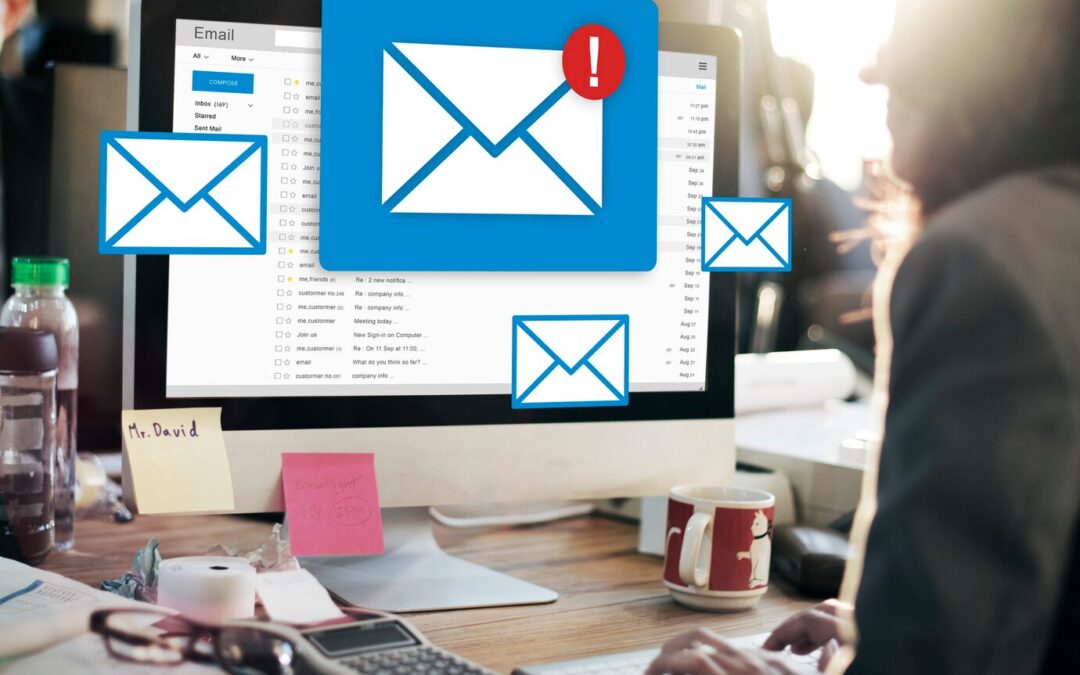Email marketing is an incredibly effective tool for small businesses looking to connect with their audience, foster customer loyalty, and drive revenue. It’s cost-effective, provides a direct line of communication, and has a high return on investment. In this blog post, we’ll explore email marketing strategies tailored for small businesses, helping them utilize this powerful channel to its full potential.
1. Build a Targeted Email List:
The first step in any successful email marketing strategy is building a quality email list. Instead of buying email lists, focus on organic growth. Encourage website visitors and customers to subscribe to your emails. Use sign-up forms, pop-ups, and incentives like discounts to entice subscribers.
2. Segment Your List:
Segmenting your email list into smaller, more targeted groups allows you to send personalized content that resonates with different segments of your audience. Segment by demographics, purchase history, location, and engagement level. Personalized emails can lead to higher open and click-through rates.
3. Create Engaging Content:
The content of your emails is the heart of your email marketing strategy. Craft compelling subject lines and email copy. Use visuals, such as images and videos, to make your emails more engaging. Share valuable content, exclusive promotions, and relevant information to keep your subscribers interested.
4. Mobile Optimization:
Given the prevalence of mobile device usage, your emails must be mobile-responsive. Ensure that your emails look and function well on various screen sizes. Mobile optimization is critical for a positive user experience and better conversion rates.
5. A/B Testing:
Experiment with different elements of your emails through A/B testing. Test subject lines, email copy, visuals, and call-to-action buttons to discover what resonates best with your audience. Use the insights from these tests to optimize your email campaigns.
6. Send Consistently:
Regular email communication is key to staying top-of-mind with your audience. Determine a consistent email schedule that aligns with your goals and audience preferences. Whether it’s weekly, bi-weekly, or monthly, stick to your schedule.
7. Personalization:
Use personalization to create a more individualized experience for your subscribers. Address your subscribers by name, recommend products based on their past purchases, and send birthday or anniversary emails. Personalization builds a stronger connection between your business and your customers.
8. Clear Call-to-Actions (CTAs):
Include clear and compelling CTAs in your emails. Whether you want subscribers to make a purchase, download an ebook, or sign up for an event, your CTA should be prominent and easy to understand.
9. Automated Email Campaigns:
Implement automated email campaigns to nurture leads and convert customers. Welcome emails, abandoned cart reminders, and post-purchase follow-ups can all be automated to save time and provide value to your subscribers.
10. Measure and Adapt:
Regularly review the performance of your email campaigns. Track metrics like open rates, click-through rates, conversion rates, and unsubscribe rates. Use this data to refine your email marketing strategy and continually improve your results.
11. Compliance and Privacy:
Ensure that your email marketing practices are compliant with relevant regulations, such as the General Data Protection Regulation (GDPR) and the CAN-SPAM Act. Respect subscriber preferences, honor opt-outs, and safeguard customer data.
In conclusion, email marketing is a valuable asset for small businesses, offering an effective way to engage and retain customers. By building a targeted email list, delivering personalized content, and leveraging automation, small businesses can create meaningful connections with their audience. Regular measurement and adaptation will help refine your email marketing strategy for even greater success in the future.


